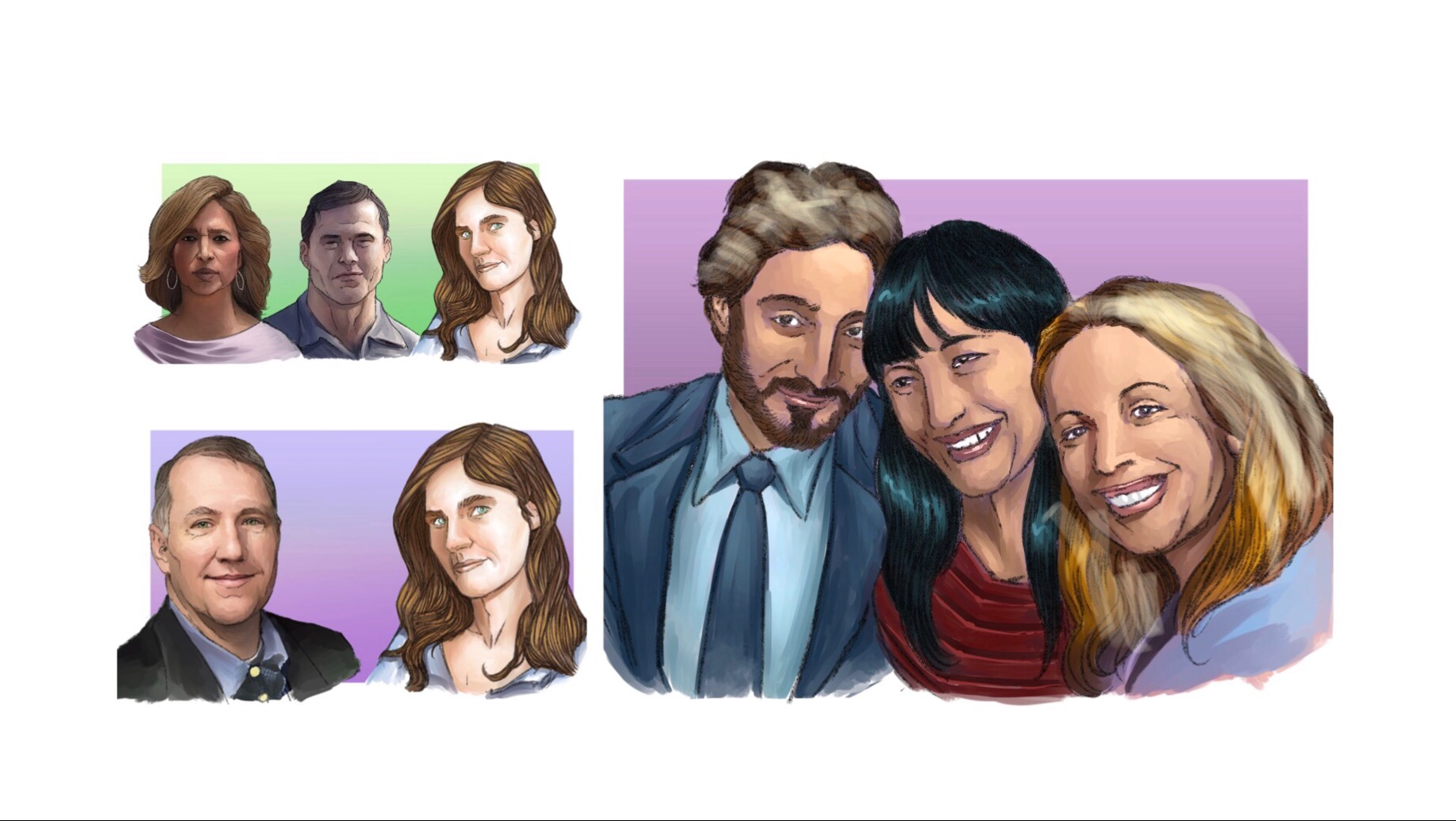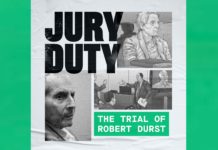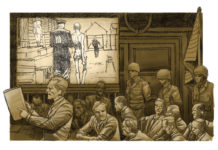This week at crimestory.com Amanda Knox and Christopher Robinson examined a controversial case form Oklahoma, and looked into the plight of the incarcerated in Ohio during the COVID-19 pandemic. And we presented a unique moment in witness testimony in the trial of Robert Durst.
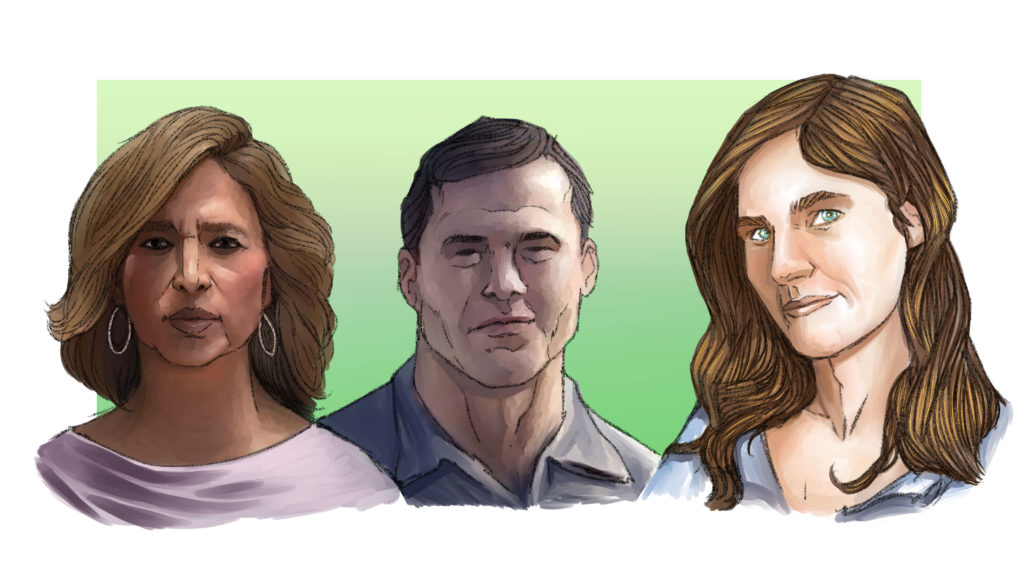
On Monday, we published Amanda Knox: “How Could He Be Innocent?”: The Case of Daniel Holtzclaw. In the piece, Amanda examines how Holtzclaw became a poster child for racism, sexism, and abuse of power when he was found guilty of sexually assaulting eight at-risk black women while on duty as an Oklahoma City police officer. Holtzclaw was sentenced to 263 years in prison.
Knox also explores questions surrounding the convictions and speaks with Holtcaw’s sister, Jennifer, to hear her perspective on the prosecution.
This piece generated significant traffic at crimestory.com and made news in the Oklahoma press.

OnWednesday, we presented an Amanda Knox interview with Mark Godsey entitled: “This Is Inhumane. It’s Craven. It’s Heartbreaking”
Former federal prosecutor Mark Godsey is a former federal prosecutor and current law professor at University of Cincinnatti Law School. He is also the co-founder and director of the Ohio Innocence Project, which has secured the freedom of 29 people on grounds of innocence who together served more than 525 years in prison for crimes they did not commit.
Knox and Godsey discuss the situation in Ohio prisons in the context of reports that Marion Correctional Institution became the largest known source of COVID-19 infections in the U.S., according to the New York Times, with one in five confirmed COVID-19 cases tracing back to the state’s prison system.
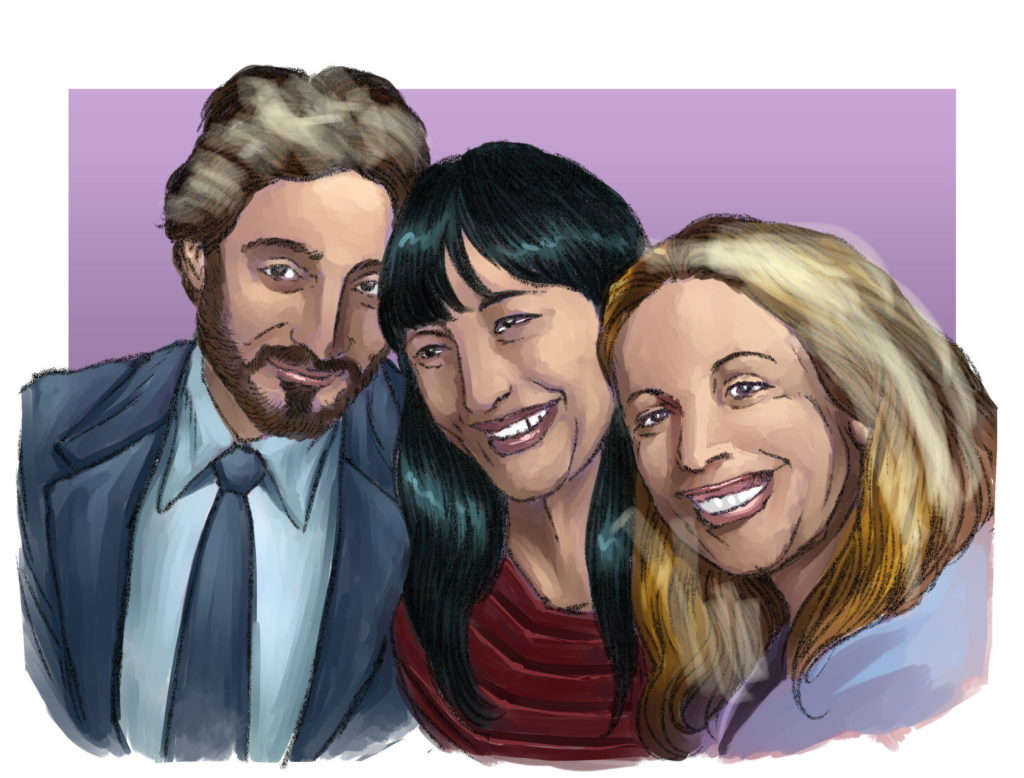
On Saturday, we presented Chris Tarricone’s article
Kathie Durst Speaks from the Past: “Don’t Let the Bastard Get Away With It!”
In the story, Chris examines the testimony of Marion Watlington, whose testimony allows Kathie Durst the opportunity to contribute to the effort to hold Robert Durst accountable for his alleged actions.
Tarricone examines how the Prosecution and the Defense approach the mission of framing this testimony for the jurors in the case.
For those of you wondering how you can catch up on previous Crime Story newsletters, just click here and your question shall be answered.
As is our new custom, we present a summary of Hannah Teich’s curated selection of some of the more interesting stories from Crime Story Daily over the past week. (In order to get to the full essay and the story links, please click through this link to Hannah’s piece at crimestory.com.)
On the criminal justice policy front: A piece from the Crime Report details three corrections administrators’ successes in containing the spread of COVID-19. A piece from the Marshall Project focuses on the “dangerous limbo” of probation and parole in the time of COVID-19. The Washington Post finds precedents of the current crisis in the early 1990s, when an outbreak of tuberculosis spread through New York City’s prisons and jails. A piece from Slate compares US prisons’ pandemic response with other countries around the world. And an op-ed in the Los Angeles Times by San Francisco DA Chesa Boudin emphasizes the importance of decarceration and reform.
In muckraker/watchdog reporting: A piece from the New Republic focuses on the life and death of Darlene Benson-Seay, the first woman incarcerated by New York State to die of COVID-19. ProPublica goes inside Chicago’s Cook County Jail, home to one of the worst coronavirus outbreaks in the country.A piece from the New York Times highlights racial disparities in social-distance policing. And a piece from the Washington Post focuses on Ahmaud Arbery, a 25-year-old black man who was fatally shot by two white men while jogging through their Georgia neighborhood in February. This week, a graphic video of the shooting went viral, drawing widespread outrage from all corners of the political spectrum. A piece from the New York Times locates Arbery’s death in the larger context of the Black Lives Matter movement; and a piece from the Dispatch focuses on the racist legacy of citizen’s arrest and “stand your ground” laws.
In complex crime storytelling: A piece from the Texas Observer focuses on the highly effective – and highly controversial – science of genetic genealogy. And Sports Illustrated recounts the fascinating true story of “Murph the Surf,” the Surfing Hall of Famer turned mastermind jewel thief turned convicted murderer who now travels to prisons around the country as an ordained minister.
And in culture/true crime: A piece from the New Yorker looks back on James Baldwin’s time as a true-crime writer covering the Atlanta child murders. The Los Angeles Times reviews “Natalie Wood: What Remains Behind,” a new documentary from HBO. And a new documentary from the Marshall Project chronicles the lives of pregnant women behindbars
Again, you can click here to go to Hannah’s weekly essay and find links to those articles.
Thanks for reading and listening.
Kary Antholis
Publisher/Editor, Crime Story

